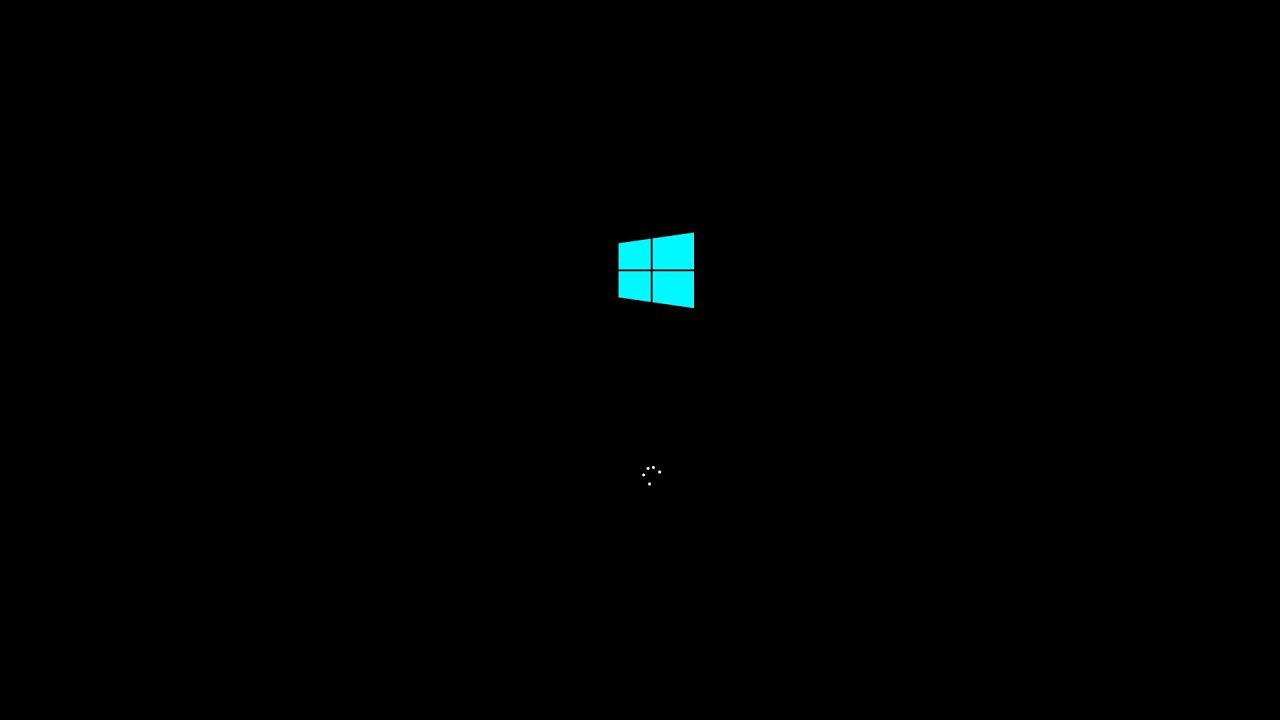Booting – If you are a computer or laptop user, you must have heard this term. At least once or twice.
I myself even often insert the term booting in the articles that I have made before, especially in the discussion regarding errors in Windows.
However, it turns out that not a few also are wondering, what is actually booting .
So, to answer that question, here I will try to explain it. Because besides being often heard, this term is also included in basic computer science which I think needs to be understood.
Okay, just get on with it, here’s the discussion:
What Is Booting ? Here’s the Definition of Booting
In short, booting is the term used to describe the initial loading process when we turn on the computer.
The process aims to check hardware and load software before the computer can be used.
An easy example, you try to turn on your computer or laptop. Before entering Windows, a BIOS screen will appear, right? That, you know, which usually says F1 / F12 / ESC to enter the Boot Menu .
In addition, you will always see the Windows logo loading after the computer goes through the BIOS screen earlier.
Well, these processes are known as booting .
Boot Purpose and Process
As explained earlier, this boot is intended to check hardware (the term is POST ) and load software , so that the system installed on your computer can load properly.
If the hardware and software inspection process is running normally, the BIOS will look for the Boot Sector , then the boot process will continue until it enters the main view of the operating system (OS).
Meanwhile, if there is a problem, the process will stop. Either display a message error (such as Boot Manager ), out the sound of ” beep ” of the speaker, or show only a dark screen only ( blackscreen ).
Detailed Boot Process Steps (More Complete)
- Computer Turns On . Yes, it is turned on via the power button as we are used to.
- Checking Computer Power . In this process, the Power Supply will send a signal that the electricity is running normally.
- Active CPU . If the computer power is normal, the CPU will automatically activate, which is then followed by loading the BIOS.
- Hardware Checking Process . The BIOS will perform a hardware check (POST).
- Driver Loading . All component drivers will load and run.
- Graphics Card Loaded . In this process, the graphics card will automatically run, and the boot process will be displayed visually.
- Operating System Loading . The BIOS will load the Boot Sector, to find the system installed on the hardware .
- Loading Operating System . Loading the beginning of the process of loading the operating system. If you’re a Windows user, you can see the logo for this process.
- Process Completed . Here, users can use their own computers.
Basically, many say that the boot process ends at point number 7. But I deliberately wrote it down so that it can be better understood, hehe.
Boot Type
Booting can actually be divided into two types, namely warm booting and cold booting .
The simple explanation is something like this:
- Cold Booting : Is the boot process while the computer is still off. This is what happens when we turn on the computer via the power button, you know.
- Warm Booting : Is the process of booting again when the computer is on. An easy example, when you restart .
Especially for warm booting , it is usually done more often when the computer is stuck or crashes . This is so that the system can be reloaded.
The final word
Thus, a brief explanation that I can share, about the explanation and understanding of boot .
I purposely keep the discussion here brief and simple, so that it is easier to understand for people who are still laymen, especially those who are learning computers.
If you still have any points that you haven’t understood, or have something you want to ask about this, don’t hesitate. yes. Please send any questions you want in the comments column below.
May be useful.

